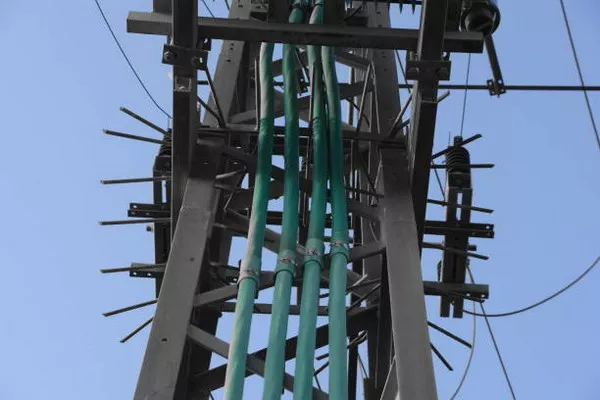In the realm of electrical engineering and power distribution, transformers play a pivotal role in transferring electrical energy between circuits. Traditionally, transformers are known to operate with alternating current (AC) due to the essential properties of induction and the fundamental workings of electromagnetic induction. However, the intriguing question arises: can transformers effectively function with direct current (DC) as well? This article delves into the feasibility, challenges, and potential applications of employing transformers in DC systems.
Understanding Transformer Basics
Before delving into the compatibility of transformers with DC, it’s crucial to revisit the foundational principles of transformers and their traditional association with AC.
How Transformers Work
Transformers operate based on the principles of electromagnetic induction. When an alternating current flows through the primary winding of a transformer, it generates a time-varying magnetic field around the winding. This magnetic field induces a voltage in the secondary winding, facilitating the transfer of electrical energy from one circuit to another, typically at a different voltage level.
Core Components
Key components of a transformer include:
- Primary Winding: Receives electrical energy input.
- Secondary Winding: Transfers energy output.
- Iron Core: Provides a path for magnetic flux.
AC vs. DC: Transformer Compatibility
The primary challenge with using transformers in DC systems stems from the inherent nature of electromagnetic induction and the characteristics of direct current.
Why AC is Preferable
AC allows for easier transformation of voltage levels using transformers due to the following reasons:
Inductive Reactance: Inductors (like transformer windings) exhibit higher impedance to AC than to DC due to inductive reactance.
Magnetic Flux Variation: AC induces alternating magnetic flux, which is crucial for induction in the secondary winding.
The Issue with Direct Current
DC poses unique challenges for transformers:
No Change in Magnetic Field: DC does not create a changing magnetic field necessary for electromagnetic induction.
Saturation and Core Loss: Continuous DC can lead to magnetic core saturation and increased core losses.
Adapting Transformers for DC Systems
Despite the challenges, engineers have developed methods to make transformers functional in DC applications.
Alternating Flux Techniques
To induce a changing magnetic field in DC transformers, engineers use techniques like:
Pulse Width Modulation (PWM): By rapidly switching DC on and off, a pseudo-AC waveform is created, enabling transformer operation.
Resonant Converters: Utilizing resonant circuits to create alternating flux.
Modern Transformer Designs
Innovative transformer designs cater specifically to DC systems:
High-Frequency Transformers: Operating at high frequencies can circumvent DC limitations.
Ferroresonant Transformers: Using ferroresonance to generate alternating flux.
Applications of DC Transformers
The adaptability of transformers to DC has opened doors to various applications in modern power systems.
Renewable Energy Integration
DC transformers play a vital role in renewable energy systems, such as solar and wind power, where DC output needs to be converted and transmitted efficiently.
HVDC Transmission
High Voltage Direct Current (HVDC) transmission systems rely on DC transformers for efficient power conversion and transmission over long distances.
Electric Vehicles (EVs)
DC transformers are crucial in charging infrastructure for electric vehicles, facilitating efficient conversion and management of DC power.
Future Trends and Challenges
As technology evolves, the integration of transformers with DC continues to evolve, presenting new opportunities and obstacles.
Challenges to Overcome
Efficiency Concerns: DC transformers often face efficiency challenges compared to AC counterparts.
Material Innovation: Developing new materials to mitigate core losses and saturation in DC transformers.
Emerging Technologies
Solid-State Transformers: Advancements in solid-state transformer technologies promise more efficient and compact solutions for DC applications.
Superconducting Transformers: Research into superconducting materials for transformers holds potential for significant efficiency gains.
Conclusion
While traditionally associated with AC systems, transformers are indeed finding their place in DC applications through innovative engineering and technological advancements. The ability to efficiently manage and transfer electrical energy in DC systems opens up new horizons for renewable energy integration, high-voltage transmission, and electric vehicle infrastructure. As research and development progress, the future of transformers in DC environments looks promising, driven by the quest for energy efficiency and sustainable power solutions.
Understanding the challenges and opportunities of employing transformers in DC systems is essential for engineers and researchers seeking to push the boundaries of electrical power technologies in the 21st century. As we navigate towards a more electrified and sustainable future, the adaptability and evolution of transformers will continue to be a cornerstone of modern power systems.

